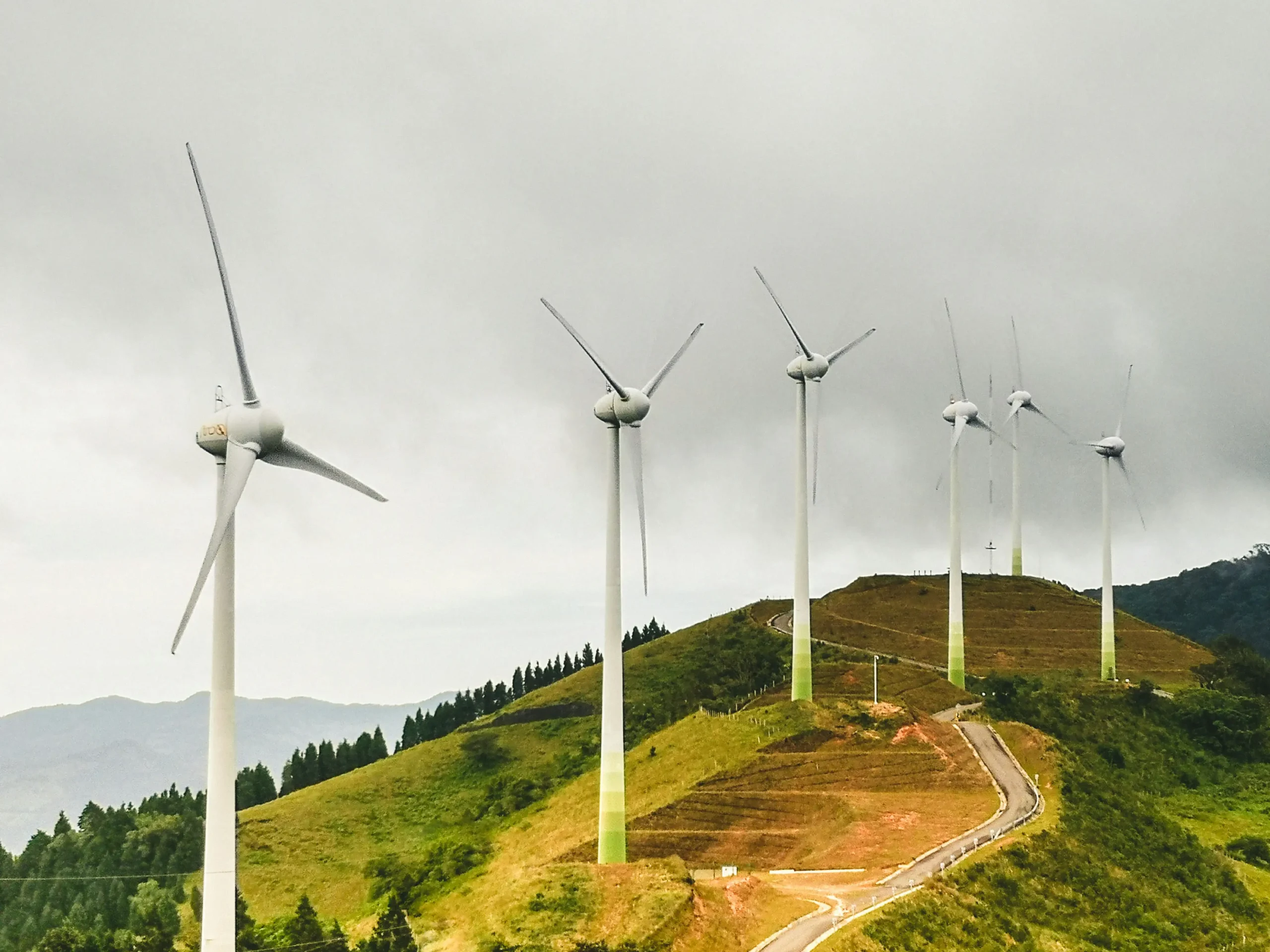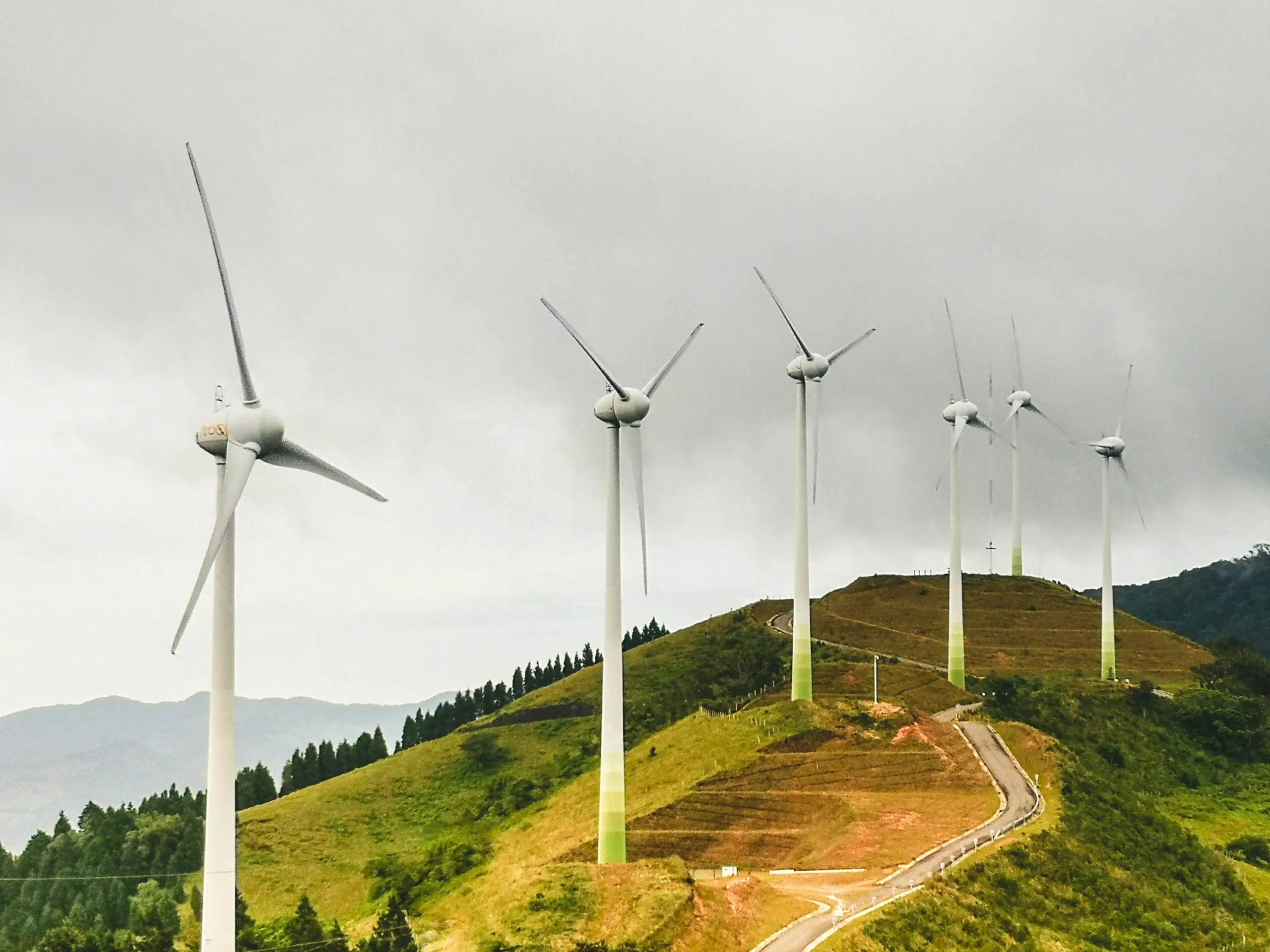Global Warming Causes and Solutions: Shaping Tomorrow’s Climate Strategies
Did you know that 2023 was officially the hottest year on record, with global temperatures soaring 1.4°C above pre-industrial levels? As we navigate 2025, the urgency to address **global warming causes and solutions** has never been greater. Entrepreneurs, innovators, and business leaders now stand at the forefront of a transformative era where sustainability isn’t just an option—it’s a competitive necessity. This article dives deep into the latest insights, actionable strategies, and groundbreaking technologies redefining how we combat climate change. Whether you’re scaling a startup or leading a multinational, you’ll discover how aligning with **global warming solutions** can drive growth, foster resilience, and secure your legacy in a rapidly evolving world. Let’s explore the causes, innovations, and opportunities that will define the next decade.
The Root Causes of Global Warming: A 2025 Perspective
Understanding **global warming causes** starts with recognizing the human activities accelerating climate change. Fossil fuel combustion remains the largest contributor, accounting for 75% of global greenhouse gas emissions. In 2025, industries like aviation and shipping are under scrutiny, with the EU’s new carbon border tax pushing companies toward cleaner alternatives. Deforestation, responsible for 12% of emissions, continues to disrupt carbon sinks, while methane leaks from agriculture and energy infrastructure worsen warming trends.
Emerging data reveals a troubling cycle: rising temperatures thaw permafrost, releasing trapped methane, which further heats the planet. The World Resources Institute reports that 2025’s global CO2 levels are projected to hit 425 ppm—a 30% jump since 2000. However, innovators are flipping the script. Startups like Climeworks now deploy direct air capture plants in Iceland, removing 4,000 tons of CO2 annually. For businesses, addressing these **global warming causes** isn’t just ethical—it’s a strategic move to avoid regulatory penalties and consumer backlash.
Innovative Solutions Redefining Climate Action in 2025
**Global warming solutions** in 2025 blend cutting-edge tech and policy shifts. Solar and wind energy dominate, with costs plummeting 70% since 2010. Take Google’s 2025 pledge to run entirely on renewables by 2030—a feat powered by AI-optimized energy grids. Carbon capture and storage (CCS) is another game-changer: the Global CCS Institute notes 135 operational projects worldwide, sequestering 40 million tons of CO2 yearly.
Circular economy models are also gaining traction. Companies like Patagonia now recover and recycle 95% of their products, while startups like AMP Robotics use AI to sort waste with 99% accuracy. For entrepreneurs, these **global warming solutions** offer dual wins: reducing environmental impact while tapping into a $12 trillion green economy by 2030. The key? Prioritizing scalability and partnerships, as seen in Microsoft’s $1 billion climate innovation fund.

Policy and Global Collaboration: Accelerating Progress
Governments are tightening climate policies, with 130 nations now committed to net-zero targets. The 2025 UN Climate Conference will enforce stricter emission cuts under the Paris Agreement, mandating 45% reductions by 2030. Carbon pricing mechanisms, like the EU’s $90/ton fee, compel industries to adopt **global warming solutions** or face steep fines. Meanwhile, the U.S. Inflation Reduction Act allocates $369 billion for clean energy, creating opportunities for businesses in renewables and EV infrastructure.
Global alliances are also pivotal. The Global Methane Pledge, signed by 150 countries, aims to slash methane emissions 30% by 2030. Organizations like UNFCCC are fostering cross-border collaborations, such as Africa’s Great Green Wall project, which combats desertification while creating jobs. For leaders, staying ahead requires aligning with these policies and leveraging subsidies for green tech R&D.
Corporate Responsibility: From Pledges to Profits
In 2025, 90% of Fortune 500 companies have net-zero targets—but only 20% are on track. Bridging this gap demands innovation. IKEA invests in “climate-positive” factories that absorb more carbon than they emit, while Tesla’s Gigafactories run on 100% renewable energy. Transparency is critical: platforms like EcoVadis now rate firms on sustainability metrics, influencing investor decisions.
Supply chains are another battleground. Nestlé’s reforestation initiatives in Brazil aim to offset cocoa farming emissions, while H&M’s circular design lab upcycles 60% of textile waste. Tools like Salesforce’s Net Zero Cloud help companies track emissions in real time. For marketers, promoting these **global warming solutions** builds brand loyalty, as 66% of consumers prefer eco-conscious brands.
Grassroots Movements and Community-Driven Change
Local initiatives are proving indispensable. Urban farming projects in cities like Detroit and Nairobi reduce food miles and CO2 emissions. Costa Rica’s 2025 reforestation program, backed by Rainforest Alliance, has restored 60% of degraded land, boosting biodiversity. Community solar co-ops in Germany and India empower households to transition from fossil fuels affordably.
Youth activism continues to drive urgency. Movements like Fridays for Future now influence policy, with the EU banning single-use plastics in 2025 after relentless campaigning. Entrepreneurs can tap into this momentum by supporting green startups or launching CSR programs that align with local **global warming solutions**.
Emerging Technologies Leading the 2025 Climate Revolution
Breakthroughs in hydrogen fuel, geothermal energy, and lab-grown meat are reshaping industries. Airbus’ hydrogen-powered planes aim for zero-emission flights by 2035, while Google’s DeepMind AI predicts wind patterns to optimize turbine efficiency. In agriculture, CRISPR-edited crops reduce methane emissions from livestock by 40%, as seen in New Zealand trials.
Blockchain also plays a role: platforms like Poseidon tokenize carbon credits, enabling real-time offsetting for businesses. For innovators, the race is on to scale these technologies. The key? Partnering with accelerators like Breakthrough Energy Ventures to navigate funding and regulatory hurdles.
Conclusion: Your Role in the Climate Decade
The **global warming causes and solutions** landscape in 2025 is both a challenge and an opportunity. From leveraging AI-driven sustainability tools to adopting circular business models, every action counts. As heatwaves intensify and regulations tighten, businesses that lead in climate innovation will secure market dominance and consumer trust. The question isn’t whether you can afford to act—it’s whether you can afford not to. Start today: audit your emissions, invest in green tech, and join the global movement reshaping our planet’s future. Share your climate journey with us—because the best solutions begin with you.

I don’t think the title of your article matches the content lol. Just kidding, mainly because I had some doubts after reading the article.